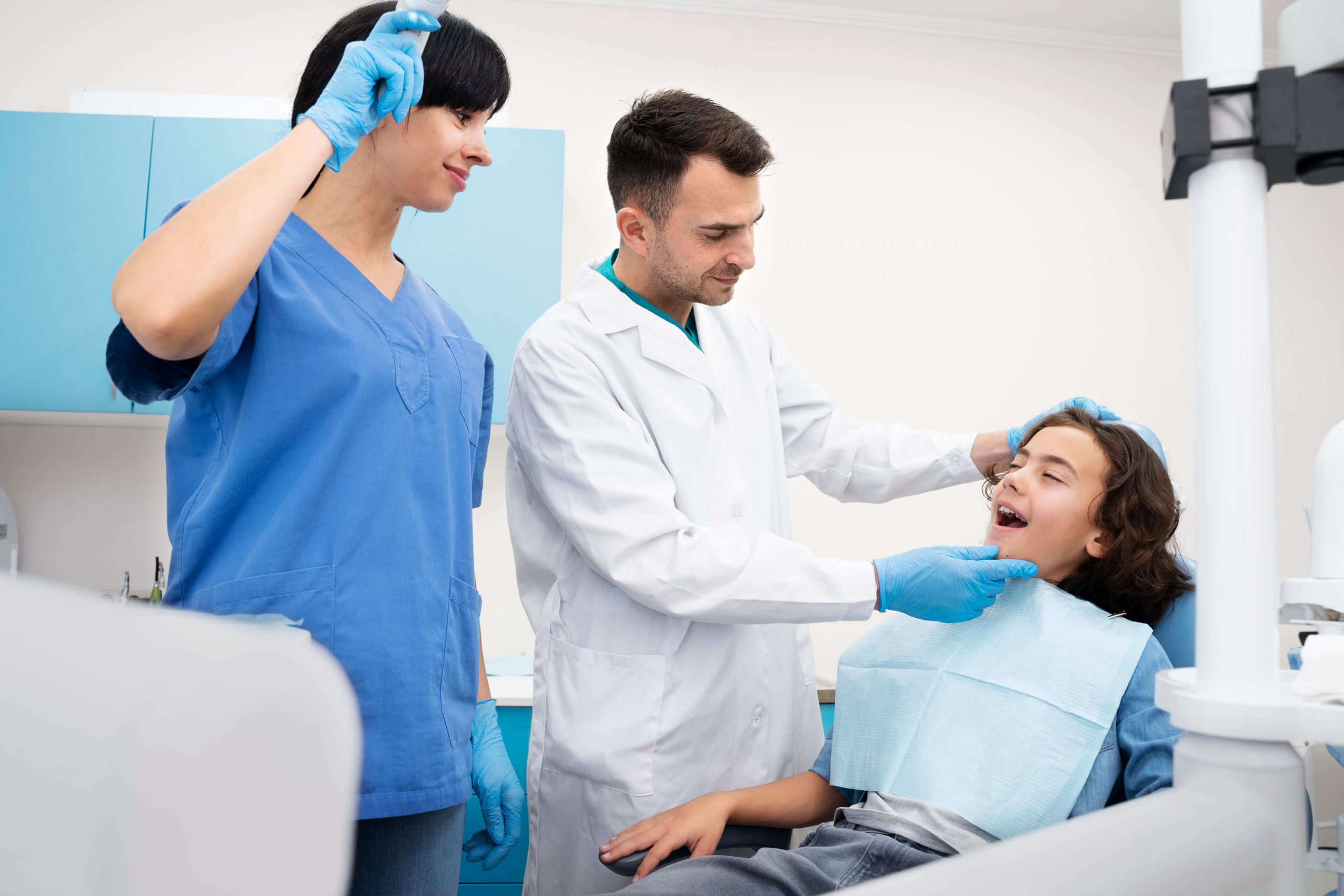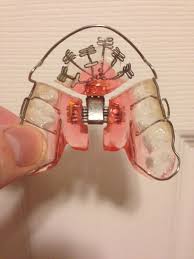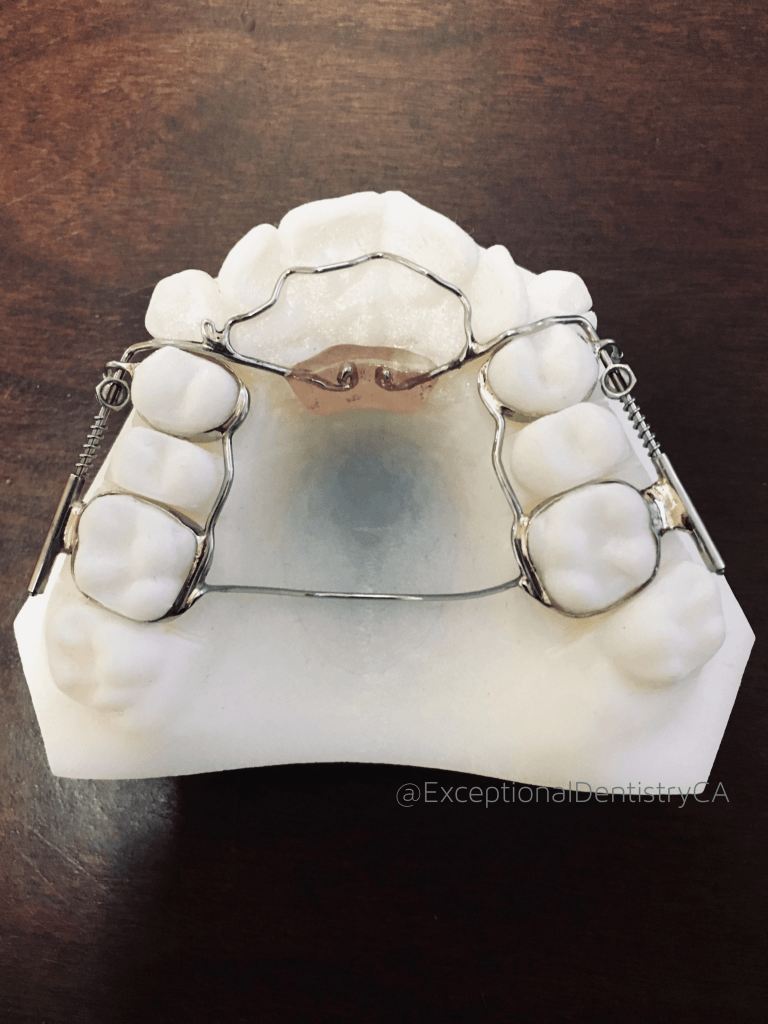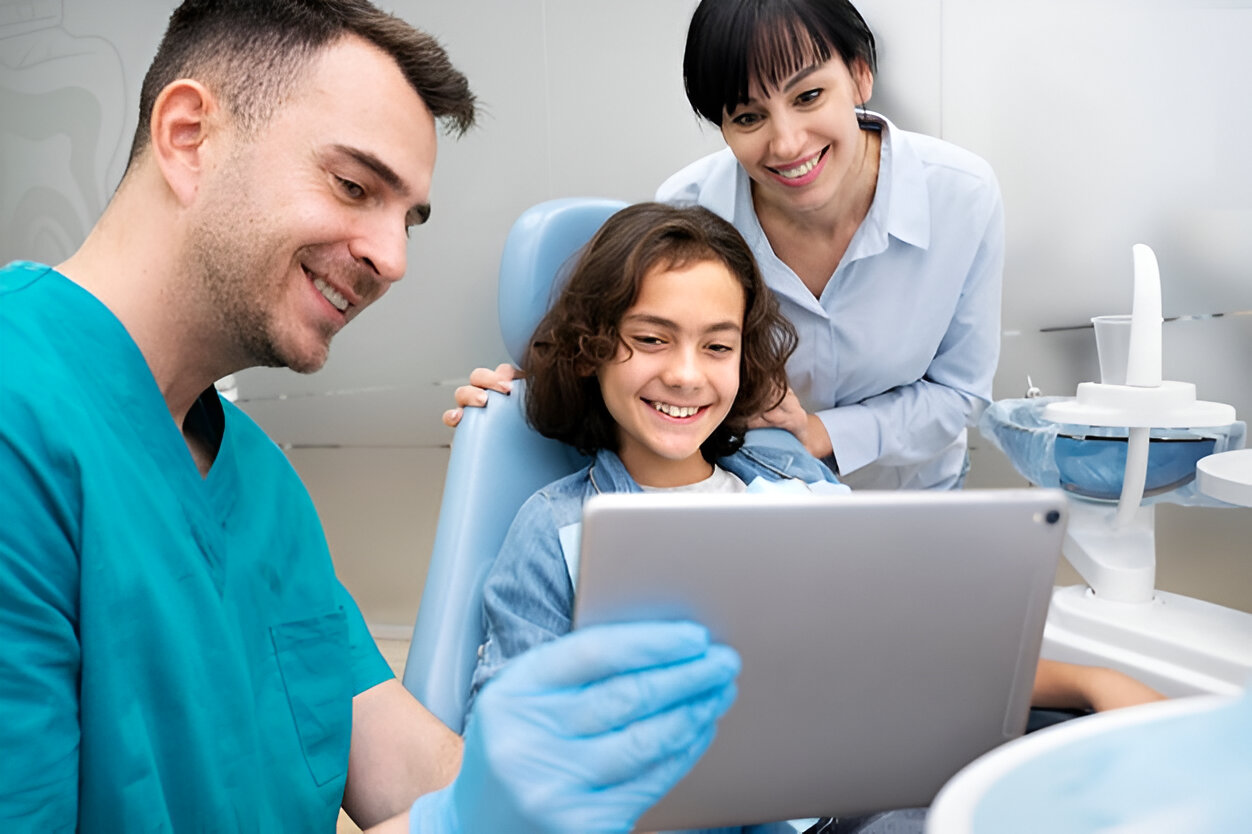
AGGA Appliance Compared to the Vivos DNA?
The AGGA has an unproven track record and there are several documented cases of poor treatment outcomes. Most notably, class action lawsuit filed against AGGA, the inventor of the appliance, Dr. Steve Gaella and his Facial Beauty Institute.
The DNA is a more versatile appliance than the AGGA. The DNA Appliance promotes three dimensional growth of adult jaw and facial bones. Facial growth progresses forward and the jaws get wider and taller. In technical terms the DNA increases the vertical dimension of occlusion and promotes growth sagittally and transversely. The Homeoblock works basically the same exact way as the Vivos DNA.

AGGA vs DNA vs ALF appliance
AGGA is a one dimensional appliance
The AGGA promotes forward growth. So basically the AGGA is one dimensional and the Vivos is three dimensional. It is really that simple.
Why not to use the AGGA by Facial Beauty Institute
The AGGA works completely differently than any other appliance on the market. We do not use the AGGA and we have never used the AGGA. The AGGA is basically an orthodontic wire that connects to the back teeth and pushes the front teeth forward. We do not understand how a wire does anything other than push the teeth forward through the alveolar bone. Dr. Gaella has a piece of plastic built into the AGGA that puts pressure on a small part of the middle of the palate. The theory is that this pressure causes bone to grow. It really sounds too good to be true and makes no sense (in our opinion), but we cannot disprove Gaella’s theory. But the idea and theory behind the AGGA makes us nervous and has no scientific basis we understand or subscribe to.
Homeblock DNA and ALF work totally Differently that AGGA
The DNA, Homeoblock appliance and the ALF appliances have been proven to stimulate bone growth in adults and kids. All of these appliances are removable and they all use light springy pressure. This mechanism is completely different than how the AGGA works. The ALF uses a removable wire that flexes into place that moves and springs when the tongue pushes it. The DNA and Homeoblock appliances are basically Schwarz appliances with the addition of a spring that puts light pressure and moves upon tongue pressure. All of these appliances are removable and all have springy action that move upon tongue pressure. The “springy” mechanism activated by the tongue is a familiar and explainable action that grows bone and much different that an orthodontic wire that pushes teeth and has a braces-like mechanism. All these appliances have a proven track record and there are very few bad outcomes. The mechanism of action of theses removable appliances is much different than that of the AGGA which is basically a wire that is pushing constantly with no springy action.
Contact Dr. Adams for a complimentary consultation or 2nd opinion
How Anterior Growth Appliance Work Video
DNA is Easier to Tolerate and Takes less Time
Additionally the DNA appliance is easier for dentists to adjust and easier for patients to tolerate. The Vivos requires fewer adjustments by the dentist and less frequent trips to the dentist. Finally, the AGGA device almost always requires orthodontic treatment such as braces afterwards to get the teeth in proper alignment. And possibly other appliances adding to treatment time and expenses.
Treatment of TMJ Pain and Sleep Apnea
The goal is to increase the volume of space in the mouth and create more room for the tongue and breathing. Also creating more space will help teeth fit better and bite more evenly. Or in short, we need to improve airflow through the mouth by increasing the space in the mouth. The tongue is a large U-shaped whale. Growing the jaws only forward will create more space for the tongue to fit in the front part of the mouth further away from the throat and airway.
Visit our Youtube Video gallery about facial growth and TMJ treatment
Anterior Growth and Airway Appliances ?
AGGA, DNA, ALF, Homeoblock, Biobloc appliances. The fact that we are having this conversation is a breath of fresh air. 5 years ago, I could hardly buy a believer or follower. The most common question I get now is “is the AGGA better than the DNA?”
DNA Appliance is a versatile appliance that can:
- Stimulate palatal expansion
- Promote maxillary anterior growth
- Act as an occlusal splint – this creates a better more balanced and forward bite position (ideal for TMJ pain relief and lower jaw repositioning) The splint component of this appliance also allows the dentist better control of the vertical dimension of occlusion. Also called the bite plane, is the key to forward growth of the lower jaw when the mandible is retrognathic.
- Cause functional orthodontic therapy or in-other-words it can be used to correct a retrognathic or reversed lower jaw position by promoting forward repositioning of the lower jaw. Again this correction would not be possible without the bite plane or the acrylic over the back teeth.

DNA Appliance
The DNA is a Removable Appliance Worn at Night
The DNA is a removable appliance that is worn mostly at night and 10-12 hours per day. It is easy for a dentist with experience to adjust. And typically in the usual course of treatment the patient will need to be seen by the dentist 6-10 times during the course of treatment. Most treatment courses will last 9-18 months and appointments can be spread-out every 2-3 months. Generally, the older the patient and the smaller the facial bones, the longer the therapy will last regardless of the appliance being used.
The AGGA is “anterior growth guidance appliance.”
The anterior growth guidance appliance does just what it says. It literally grows the upper maxillary jaw forward. And it does a fantastic job at that. In fact such a good job that if time and money and patient compliance were not a factor, I would put everyone into one of these prior to doing the Vivoslife DNA appliance. The only problem is treatment times and costs would be 2-3x greater.

AGGA appliance vs DNA 1
The AGGA is a Fixed Appliance that Stays in the Mouth
The AGGA is a fixed appliance. Usually removable appliances are easier for adults to tolerate. Adults with busy lives who do not want unsightly metal showing in their smile zones. Additionally, the appliance takes up space in the mouth and interferes with speech or at least will cause the average person to lisp and pronounce sounds differently. The anterior growth appliance will remain in the mouth during eating. It is more difficult to clean and can lead to more dental problems such as cavities and gum problems.
Under development of the jaws is usually not in one direction. People with small jaws are usually not tall enough, wide enough or forward enough in the mouth and nasal passageways. In dentistry, we call height vertical dimension of occlusion or VDO. Width is called transverse growth and forward growth is termed sagittal. It is very difficult to control forward growth of the mandible without a bite plane or plastic covering the back teeth. This allows the dentist to control how the jaws close relative to one another. In short, the strategy to get forward growth is to have the patient bite in a more forward position. Otherwise how is the lower jaw going to move forward? The upper jaw is grown forward by the AGGA.
The AGGA appliance may be the ideal appliance for people who have had upper adult teeth pulled and headgear. Most dentists know it is better to create more room in a growing child, so all the teeth will fit. And there needs to be proper space in the mouth and nasal passageways for tongue function and breathing.
Inadequate size of the upper airway (that is the mouth and nasal passageways) is what leads to night clenching of the teeth, TMJ pain and sleep apnea. If growth and development in the oral facial spaces is managed optimally during the ages of 3-16, the incidence of TMJ, sleep apnea and UARs would be much less.
6 Ways to Prevent Sleep Apnea and Crooked Teeth in Kids:
- Recognize under development of the face and jaws early (3-6 years old)
- Look for crowded teeth
- Poor nasal breathing and stuffiness
- Night time teeth clenching
- Poor sleep
- Bed wetting
ALF, Schwarz and Twin Block Appliances Kids Expanders
Actually, I lied the DNA appliance is the best one. Seriously, but it is too expensive and the other appliances will work just fine. The DNA appliance has the unique ability to grow bone in adults. Whereas the results with the above appliances will be great with kids. The DNA is a Schwarz appliance with a special proprietary spring system. That is what makes it special and causes it to work so well in adults.
Tongue Tie Release for Kids is very important
Tongue tie is an extra attachment between the tongue and lower jaw. The “tie” prevents the tongue from having proper range of motion. It also causes the tongue to taper and have a deformed and smaller shape during outward movement.
Benefits of Untying the Tongue Video
The Tongue Causes Facial Growth in Children
When the tongue is tied, the result is very poor jaw and facial development. The #1 most important thing for a growing child’s face is proper tongue function. Crowded teeth, and a reverse lower jaw position means there are already problems. Releasing a tongue tie is an easy procedure that can be done in 30 seconds by a dentist with the proper training and a diode laser. There is no bleeding and minimal pain. After a tongue tie procedure, it is important to perform tongue exercises to train the tongue to move properly. For example the tongue should be able to reach the roof of the mouth. Look up “Mewing.” An exercise and concept created by Dr. Mew.
There are many different expanders and anterior growth appliances for kids. The Schwarz, Twin Block and Crozat to name a few. Lip Ties are less important but may need to be released as well.

tongue tie treatment
When to Untie the Tongue Video
My favorite treatment regimen for kids is
- Removing tongue ties (frenectomies)
- Growth therapy with an appropriate growth appliance such as the ALF, Schwarz, or other appliance.

 (301) 421 1996
(301) 421 1996 burtonsvillesmiles@gmail.com
burtonsvillesmiles@gmail.com